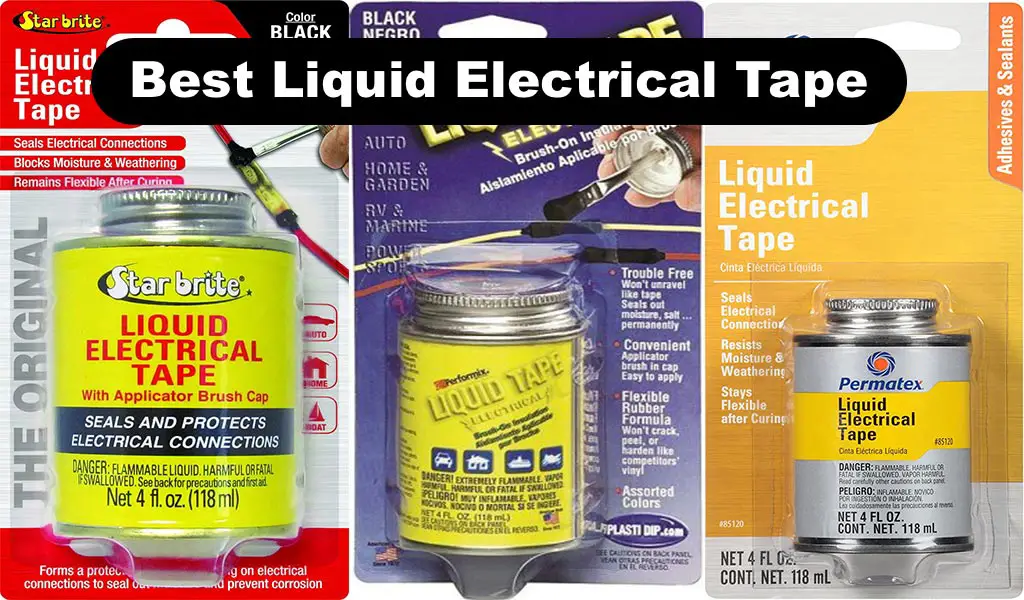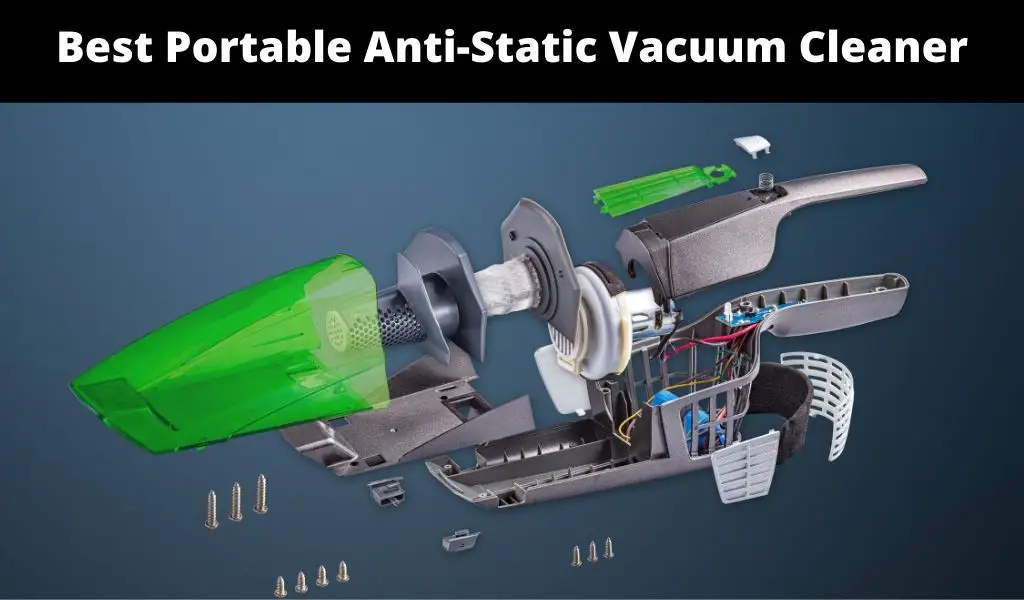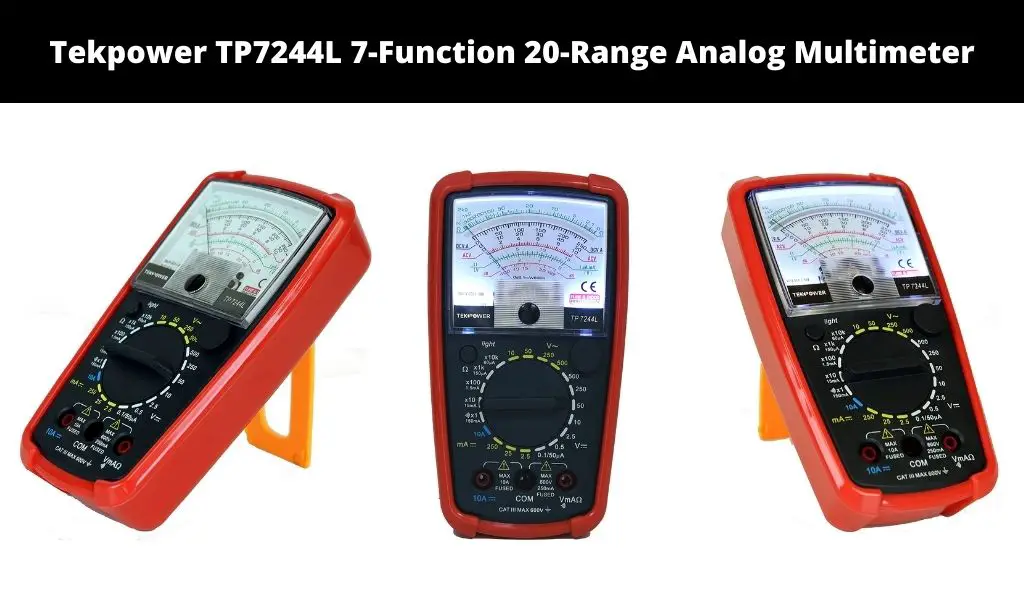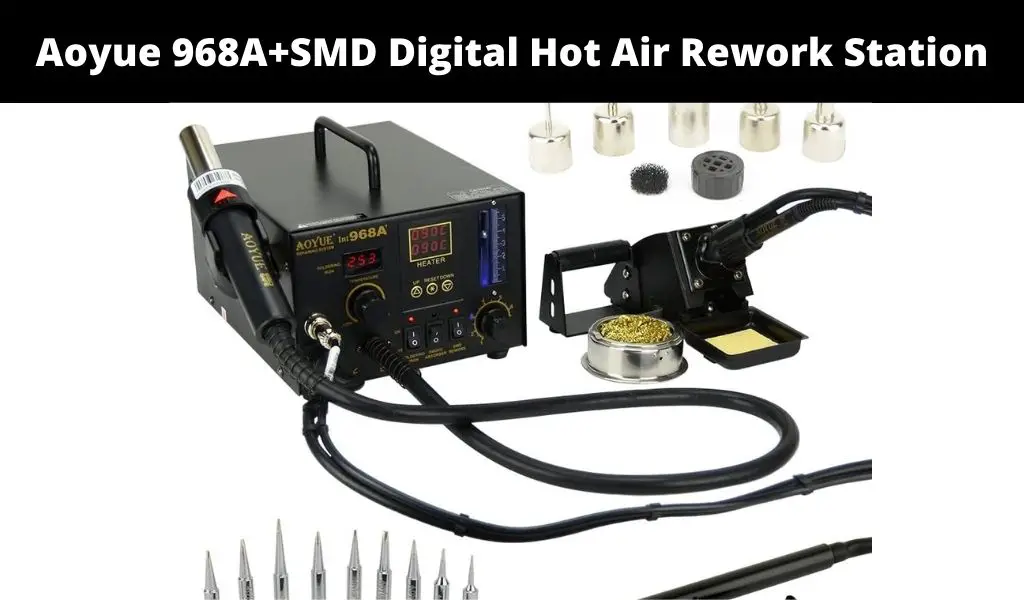Soldering is an essential process in electronics manufacturing and repair, and it requires precision and consistency to produce high-quality circuit boards that work. One tool that has revolutionized the soldering process is the reflow oven, which offers a fast, efficient, and reliable way to solder surface-mounted components. In this blog post, we’ll dive into the world of reflow ovens and explore their benefits, how they work, and what to look for when purchasing one. Whether you’re a professional electronics manufacturer or a DIY hobbyist, understanding the ins and outs of reflow ovens can help you improve your soldering process and achieve better results.
What is a Reflow Oven?
A reflow oven is just like a convection oven that you might have in your home. It has four stages of heating, also referred to as a temperature profile: preheat, soak, reflow, and cooling. This profile is necessary to distribute the heat evenly to reflow the solder paste and not damage components. The oven heats solder paste following the temperature profile as it flows and solidifies with cooling to create a strong electrical connection between the component and the board.
Reflow ovens can be either convection-based or infrared-based. Convection-based ovens use hot air to heat the PCB and components, while infrared-based ovens use infrared radiation to directly heat the components and solder paste. Both types of ovens have their advantages and disadvantages, depending on the specific requirements of the PCB being soldered.
Reflow ovens are commonly used in mass production settings, where large quantities of PCBs need to be soldered quickly and efficiently. They can be programmed to follow specific temperature profiles, which ensure that the solder paste is heated and cooled at the correct rates and times to achieve optimal results. Reflow ovens can also be used in smaller-scale operations, such as prototyping or hobbyist projects, but may not be as cost-effective as other soldering methods.
Items to Consider When Purchasing a Reflow Oven
1) Size
You will need to consider the size of the PCBs that you will be soldering, as well as the number of PCBs you will be producing. Make sure the reflow oven you choose has enough capacity to meet your production needs. Also, consider the maximum dimensions of the oven that your shop or lab can accomadate.
2) Heating Method
The two main heating methods used in reflow ovens are convection and infrared. Convection ovens use hot air to heat the PCB and components, while infrared ovens use infrared radiation to directly heat the components and solder paste. Convection heating is generally slower and more uniform, while infrared heating is faster and more localized. Consider which heating method will be most suitable for your specific needs. For example, if you need to reflow a specific part of the board, then you may want to use an infrared oven.
3) Temperature Accuracy
The temperature accuracy of the reflow oven is crucial to ensure that the soldering process is consistent and reliable. Look for an oven with a good temperature control system and a high level of accuracy. You do not want your reflow oven to overshoot your maximum temperature as this could damage the components on the board.
4) Temperature Profile
The temperature profile refers to the specific temperature and time settings used during the soldering process. Look for a reflow oven that allows you to program custom temperature profiles that are appropriate for the components and PCBs you will be soldering.
5) Ease of Use
The reflow oven should be easy to operate, with intuitive controls and clear instructions. Look for an oven that is user-friendly and doesn’t require extensive training to use. If a user manual is available, try glancing through it and see if it’s understandable to operate the machine.
6) Maintenance Requirements
Consider the maintenance requirements of the reflow oven, including how often it needs to be cleaned, calibrated, and serviced. Look for an oven that is easy to maintain and doesn’t require a lot of downtime. This one may be tricky to gain insight one. You should read through the reviews and see if there are common problems that are easily fixable and parts are available.
7) Price
Finally, consider the price of the reflow oven, including the initial purchase price, ongoing maintenance costs, and any other associated expenses. Look for an oven that offers good value for the money and fits within your budget. However, don’t compromise on quality and features for the sake of cost, as investing in a high-quality reflow oven can save you time and money in the long run.
Top 8 Best Reflow Ovens for Soldering
- Happybuy T962 Reflow Oven.
- Happybuy T962A Reflow Oven.
- Manncorp MC-301 Profilable Batch Reflow Oven.
- X-TRONIC 5040-XR3 All-in-One Rework Station.
- Fortex Reflow Oven.
- SMTmax AS-6070 Precision Lead Free Reflow Oven.
- QS-5100 Reflow Soldering Machine.
- SMTmax AS-5080 Reflow Oven.
1- Happybuy T962 Reflow Oven
Prices pulled from the Amazon Product Advertising API on:
Product prices and availability are accurate as of the date/time indicated and are subject to change. Any price and availability information displayed on [relevant Amazon Site(s), as applicable] at the time of purchase will apply to the purchase of this product.
The T962 Reflow Oven is an infrared unit capable of outputting 800 Watts of power. It has a surface area of 180 by 235 millimeter. The T962 has temperature ranges from 100 to 350 degrees Celsius. It also has a cycle time of one to eight minutes. In addition, it can solder single and double-sided circuit boards in various encapsulation forms.
Pros
The T962 comes with eight pre-programmed thermal profiles that should fit a variety of PCB designs. It has a LCD screen that is easy to use and a built-in keypad. It circulates the heat and air quickly and efficiently for an even temperature. The T962 also has a single door with a window that holds the PCB board in place.
An individual can use the window to observe the soldering process. One other nice feature is that this unit has a built-in exhaust fan so that you can extract the fumes and not breathe them in.
Cons
While this was a relatively popular model for the features that were provided, there were a few notable complaints. One complaint was related to the ineffectiveness of the LCD screen and how half of it was not usable. The other was related to a hot spot within the unit using the third wave function which ended up burning the PCB, but this could have been due to user inexperience.
2- Happybuy T962A Reflow Oven
Prices pulled from the Amazon Product Advertising API on:
Product prices and availability are accurate as of the date/time indicated and are subject to change. Any price and availability information displayed on [relevant Amazon Site(s), as applicable] at the time of purchase will apply to the purchase of this product.
This is another Happybuy product that is similar to the T962, but offers more power and a bigger size The T962A is an infrared unit that is capable of outputting 1500 Watts of power. It has a temperature range of 100 to 350 degrees Celsius. In addition, it has a cycle time of one to eight minutes. It can also manage PCBs that are single and double-sided. The T962A has an LCD screen for programming and ease of use.
Pros
The biggest advantage this unit has over the T962 is that it has more surface area. It has a soldering area of 300 by 320 millimeters. Depending on the board size, it can do more than one at a time. It also has eight pre-programmed thermal profiles just like the T962. As with the other model, the T962A produces an even heat distribution for accurate temperature cycles for a variety of PCB sizes.
Cons
This product was slightly more popular than the T962 and did not have many negative reviews. However, we did note that one user complained that this unit did not handle larger boards as well as it claimed. The heat was not evenly distributed and did not reflow all parts of the board.
3- Manncorp MC-301 Profilable Batch Reflow Oven
The MC-301 is extremely user friendly. It uses an Android operating system that utilizes a touchscreen and wireless networking. Users can transfer data back and forth to the unit. It is programmable with the exact specifications of different solder pastes to get the most precise thermal profile. It has a surface area of 250 by 200 millimeters for soldering.
Pros
This unit is ideal for getting high quality products. The fact that it can be programmed using the exact manufacturer specifications for each solder paste is a major plus. It has a built-in circulation fan to maintain optimum heating and cooling throughout the thermal profile. It also removes fumes very well. As with other units, the drawer also has a viewing window. Another major plus of this model is the Wi-Fi functionality that allows users to pass data back and forth to the unit.
Cons
There were no negative comments of note.
4- X-TRONIC 5040-XR3 All-in-One Rework Station
Prices pulled from the Amazon Product Advertising API on:
Product prices and availability are accurate as of the date/time indicated and are subject to change. Any price and availability information displayed on [relevant Amazon Site(s), as applicable] at the time of purchase will apply to the purchase of this product.
We have talked about X-TRONIC products before and they are definitely on the higher end of quality. This particular kit is an all-in-one unit that includes a heat gun, a soldering iron, magnifying glass for detailed work, and a preheater. It has a total power consumption of 1270 Watts and the preheating station is capable of outputting up to 700 Watts in power. The unit includes a 3-year warranty with the cost of parts and labor included.
Pros
This unit is extremely programmable and has a colored LCD display with easy-to-use push buttons. The reflow station can hold a circuit board up to 6.5 inches wide and can heat from 50 to 400 degrees Celsius. The overall reflow oven surface area is 4.75 by 4.75 inches. The 5040-XR3 kit comes with pretty much anything you would need to do a complete soldering job. An added bonus is the warranty on this unit.
Cons
One negative for this unit is that it is not a true reflow oven, it is only a preheater. This will preheat the board for you to a certain temperature, then you use the hot air gun to heat the specific component that you’re trying to solder or replace. Also, this unit does not appear to be as robust. Some users have complained that the heating element does not last.
5- Fortex Reflow Oven
The Fortex is capable of outputting power of 2400 Watts. It is an infrared unit that has a 350 by 300 millimeter surface area. It can handle PCBs throughout an entire thermal profile. It can output temperatures from 60 to 300 degrees Celsius. It also has a cycle time of one to eight minutes. As with other units, the Fortex also has an LCD screen for programming and is user friendly.
Pros
The largest pro for this model is that it has a larger surface area and can handle larger or multiple boards at the same time. It is meant more for larger batch production of PCBs. It has an extremely accurate thermal profile cycle and circulates the air for even cooling. It is very similar to other units for temperature range and for overall quality.
Cons
This product has not been reviewed.
6- SMTmax AS-6070 Precision Lead Free Reflow Oven
The AS-6070 reflow oven is an infrared oven that has a surface area of 20″ by 16″ so it is built for larger circuit boards or a higher quantity of smaller boards. This model is more programmable than other units are and has an LCD that allows for easy use. You can also connect it to your computer via RS-232 so you can have a larger display.
Pros
The major plus of this unit is that it is programmable. It can be adjusted and set to the correct parameters depending on the soldering paste. Other models only have pre-programmed cycles. It has a heat-up time of zero to five minutes. Another bonus of this model is the built-in safety features. It automatically shuts down for any issues or faults and outputs that to the user.
Cons
Weighing in at 86 pounds, this is the heaviest model on our list due to the large components needed to output 3600W of power.
7- QS-5100 Reflow Soldering Machine
Prices pulled from the Amazon Product Advertising API on:
Product prices and availability are accurate as of the date/time indicated and are subject to change. Any price and availability information displayed on [relevant Amazon Site(s), as applicable] at the time of purchase will apply to the purchase of this product.
The QS-5100 is another model intended only for lead-free soldering. It utilizes infrared heating to work through an entire thermal profile. It has a precise controlled microcomputer that ensures an even heating and cooling cycle and outputs a quality PCB. The soldering surface area on this unit is 180 by 120 millimeters.
Pros
This is another smaller unit for smaller PCBs. It has a programmable LCD display and an even thermal profile. It is capable of working off 110 or 220 volts. Users found it outputted mostly consistent heat as described and that the size was ideal for smaller board designs.
Cons
This unit has mostly positive reviews and only a few minor notes. Users did find that they had to play with the temperature settings a bit to get a good product. It seemed to be off by about ten degrees, but that was easily fixed in programming. In addition, users recommended using this in a well-ventilated area due to a slight smell.
8- SMTmax AS-5080 Reflow Oven
The AS-5080 reflow oven is capable of heating to a maximum temperature of 300 degree Celsius. It has a soldering surface area of 13.75″ x 11.8″, which makes it one of our larger units. It also has a shorter cycle than other models and runs from zero to thirty seconds during the reflow cycle.
Pros
The AS-5080 is capable of handling larger PCBs and batch production. It has an LCD screen for thermal profile programming. It is also easy to use and comes in a variety of languages for users. Another nice feature is that this unit comes with a one-year warranty for parts replacement. The nicest feature of this unit is that it has the shortest heating cycle of all the units.
Cons
There were no negative reviews of note for this unit.
Conclusion
If you are an electronics hobbyist or even a professional, a reflow oven is a nice piece of equipment to have for manufacturing circuit boards. They are similar to a convection oven and got through a four temperature thermal cycle that allows for heating, soaking, reflowing, and cooling. It is good to consider what your overall usage is going to be with your reflow oven because they come in a variety of sizes and power outputs. Some can only handle smaller boards, while others can do larger boards or batches of PCBs.
If you are looking for something to use in a more professional capacity, it is probably best to consider a large unit that can handle more boards at a time. In addition, some of the units are programmable and can be inputted with specific solder paste parameters. Others come pre-programmed with a set amount of profiles and might be better suited for hobbyists.
Another factor to consider is the thermal profile cycle speed. On average, most of the units take from zero to eight minutes depending on the thermal profile. Some other units are capable of cycling through at a much faster rate.
As always, we recommend reading online reviews and getting a sense of what users have to say about any reflow oven you might be considering.










